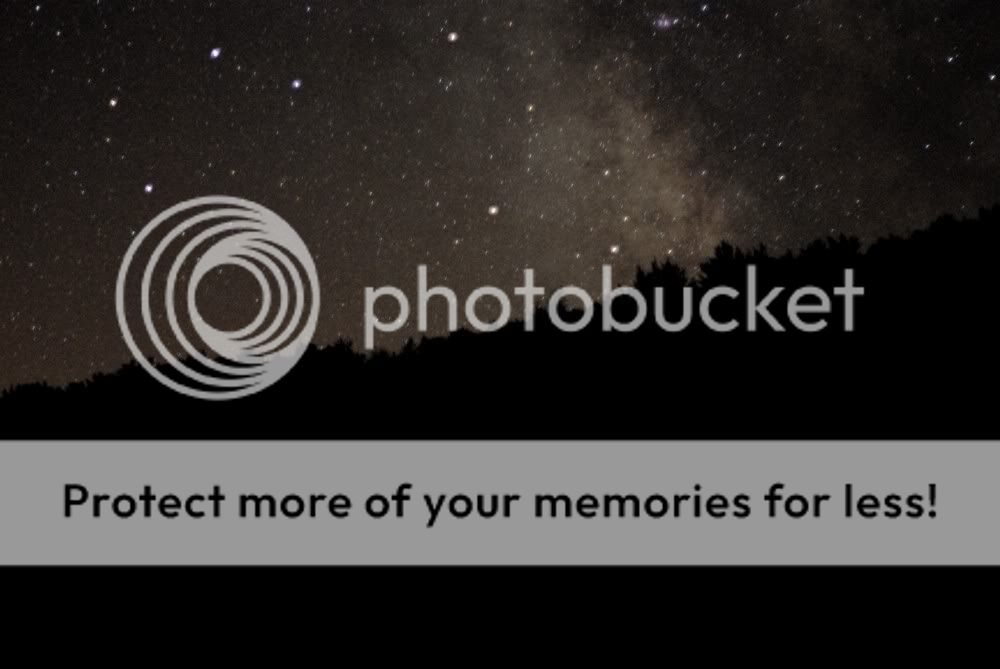Greetings everyone. This is my first post to this forum so I thought I'd share something useful. I am an avid astrophotographer and have been using Pentax cameras for many years, namely the LX and 67II. I've also used all of the digitals (except the K-7) but with quite a few limitations due to noise in long exposures.
There have been many examples posted showing the high ISO performance of the K-x, but not much with long exposures. Noise is much different when the sensor is left on for a while and cameras that perform well with high ISO generally don't fair as well over time.
I just got a new K-x in hopes it would be an improvement and I must say it is nothing short of amazing!
These crops are between a K-m (basically the same noise as the K200D and K10D for long exposures) and the K-x scaled to 10M pixels to put them on the same playing field. It was taken with all lights in the room off at f/16, ISO800 to simulate a typical dark astro exposure (very underexposed). There is no NR applied or DFS. Both shots had values stretched the same amount in PS to show the noise.
Since long exposures have much more noise than short ones, plus the fact that these are underexposed, you'll see more than the average noise, but from the world I'm comming from this is absolutely amazing. There is clearly about 2 stops improvement over the old sony sensor Pentax was using. There are details that can be extracted out of the darkest areas that were impossible before.
Based on this I think Pentax finally has a low light/astro camera that clearly beats the competition. I can't wait to hook it up to my 300mm/2.8 or 9.25 schmidt telescope and start imaging the sky. Now if they could just allow the DFS to be turned off for longer than 30s! I guess this will have to be a hack though.


 Similar Threads
Similar Threads 














 Post #26 by pti-andy
Post #26 by pti-andy








